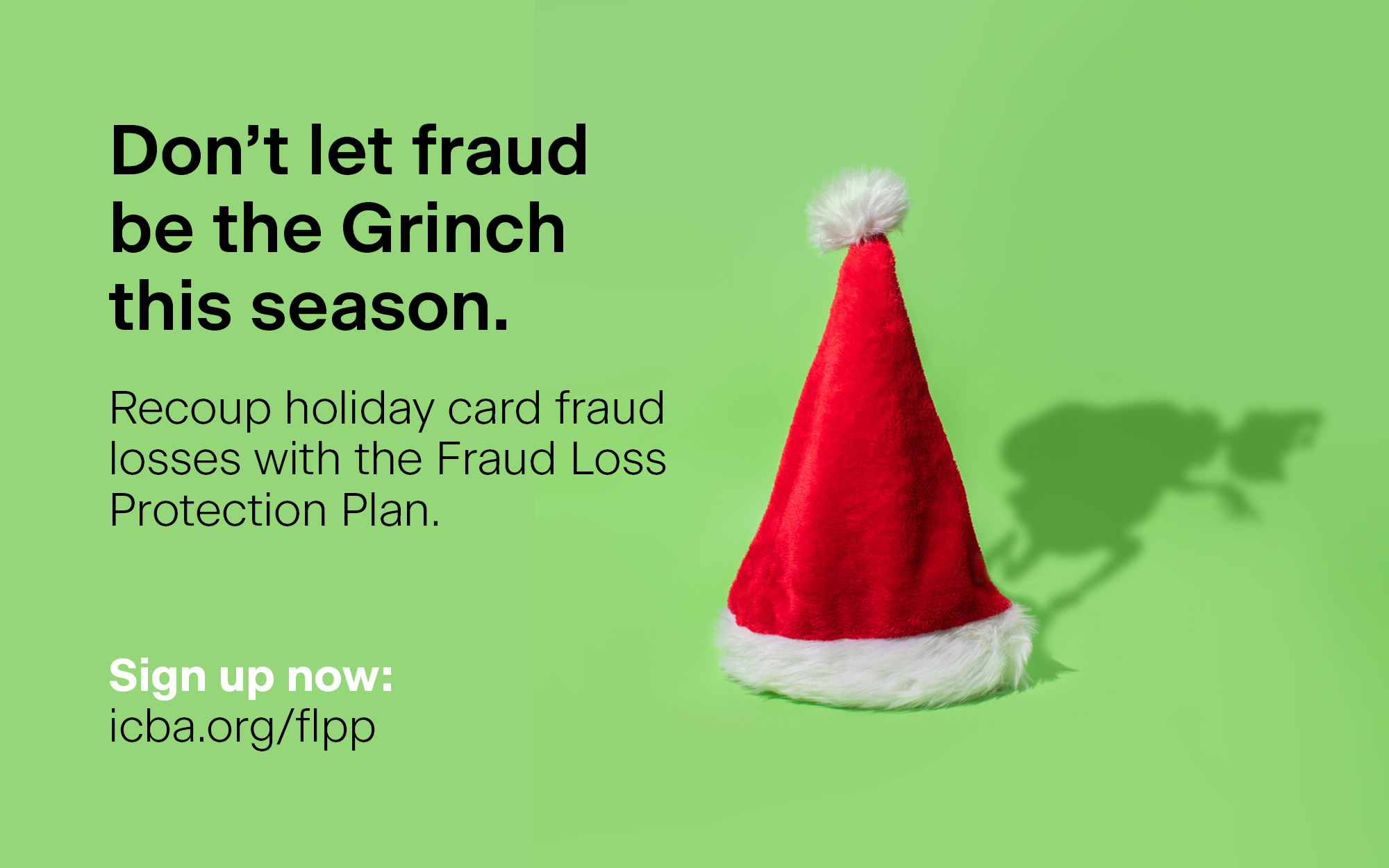The CFPB’s open banking rule opens financial data to authorized third parties. Will your core processor be ready if it takes effect?
What Role Will Your Core Play in Open Banking?
April 01, 2025 / By Elizabeth Judd
The CFPB’s open banking rule opens financial data to authorized third parties. Will your core processor be ready if it takes effect?
The concept of open banking has loomed large for community banks keen to provide their customers with the best in fintech offerings. While the Consumer Financial Protection Bureau (CFPB) has an uncertain future and the regulatory debate has reopened under the Trump administration and 119th Congress, the bureau’s Section 1033 open banking rule is scheduled to take effect over the next few years. The new administration may overhaul the rule, but banks ultimately may be expected to implement open banking in some form.
The rule is currently scheduled to take effect between 2026 and 2030. Even though the deadline is years away, many are preparing the groundwork by initiating conversations with their core providers.
Along with inevitable concerns about security and costs, community bankers are eager to explore how open banking can remake their businesses.
Establishing prospects
Mackenzie Kizer, senior managing director at Jack Henry, believes that the easier flow of customer data among institutions could allow community banks to make their back offices far more efficient and reinvent themselves as true financial hubs.
Tanna Faulkner, SVP of sales and digital channels at technology provider DCI, expects open banking to lead to quicker reconciliations and less friction in opening accounts. She also predicts that open banking will make entering novel business lines easier. Faulkner notes that a community bank might rebrand and quickly reach a whole new clientele by working with a fintech that specializes in, say, SBA loans.
Embracing open banking is critical to “staying relevant,” says Chris Bornheimer, president and CEO of $125 million‑asset TBO Bank in Orrick, Mo. Bornheimer, who has worked with most of the major core providers during his career, says that it’s “historically been a real struggle to get legacy cores” to think through open data flow and how to make systems compatible with newer application programming interfaces (APIs).
While pleased with the approach of his current core provider, DCI, Bornheimer notes that open banking can prove tricky. For instance, when TBO Bank recently launched a new consumer lending program, the community bank had to work with both a secondary core and a third-party software provider to obtain automated functionality for its customers.
“The time to have conversations [about open banking] with core providers and others is now.”—Mickey Marshall, ICBA
Privacy and cost considerations
Beyond functionality, community bankers are concerned about privacy. Jack Henry’s Kizer points out that one key aspect of privacy is a core’s tenancy model, or how data from various parties is kept separate and protected.
“One of my first questions,” he says, “would be: ‘If I’m asking you to share data on my behalf, how do you separate data from my financial institution from sets of data from financial institution number two?’”
To answer such a question successfully, says Kizer, a system of “clear, logical separations” for consumer data must be in place.
Costs are another pressing concern. While the CFPB’s new open banking rule would force community banks to foot the bill for creating an online developer interface to facilitate open banking, the rule also prohibits them from passing on the expense to consumers, says Mickey Marshall, ICBA’s assistant vice president and regulatory counsel.
What is open banking?
While the definition of “open banking” has always been fuzzy, the Consumer Financial Protection Bureau (CFPB) finalizing its open banking rule has shed new light on this increasingly important model of what the future of banking could look like.
Open banking, simply put, is the ability for customer data to securely flow from banks to authorized third parties. The CFPB’s open banking rule has pushed to make this model a reality across the industry.
“Banks subject to the rule will be required to create an online developer interface, or a software layer that sits between the third party that’s authorized to get customer data and the bank that has data about that customer,” says Mickey Marshall, ICBA’s assistant vice president and regulatory counsel.
Forging a new type of relationship
Kizer points out that the relationship between bankers and their cores has already changed dramatically, given shifting attitudes toward API agreements and specs. A few years back, API specs were shrouded in mystery. Today, Jack Henry publishes detailed API information on its development site online.
“If I, as a community bank, want to partner with a fintech, or even a couple of college kids open for business, the APIs to do that are publicly available,” says Kizer.
What’s more, the relationship between banker and core provider is becoming more collaborative. Going forward, choosing a core may be less about falling in love with a particular technology and more about finding a provider that addresses a banker’s concerns and will cooperate to make your bank’s vision a reality, says Bornheimer.
“I worry that some of these cores are going to meet the letter of whatever the regulation ends up being, and not going the extra step to be a leader in the automation and the real functionality that banks would want to be able to grow their business,” he says.
ICBA’s Marshall is convinced that no matter which goals a community bank hopes to achieve via open banking, implementation is bound to be complicated, and so there’s little time to waste: “The time to have conversations with core providers and others is now.”
Subscribe now
Sign up for the Independent Banker newsletter to receive twice-monthly emails about new issues and must-read content you might have missed.
Sponsored Content
Featured Webinars
Join ICBA Community
Interested in discussing this and other topics? Network with and learn from your peers with the app designed for community bankers.
Subscribe Today
Sign up for Independent Banker eNews to receive twice-monthly emails that alert you when a new issue drops and highlight must-read content you might have missed.
News Watch Today

Join the Conversation with ICBA Community
ICBA Community is an online platform led by community bankers to foster connections, collaborations, and discussions on industry news, best practices, and regulations, while promoting networking, mentorship, and member feedback to guide future initiatives.











